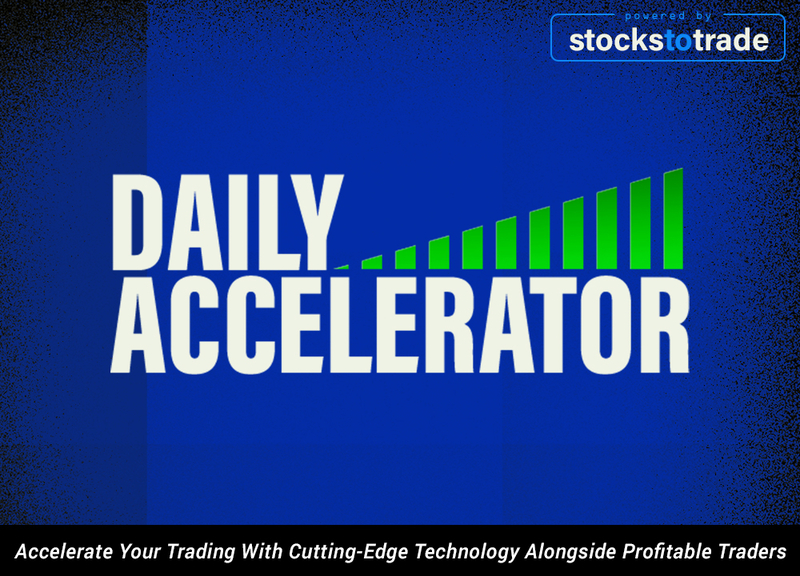Welcome back, everyone.
As a trader, you can never stop learning.
It’s just one of the ways we get 1% better every day…
That’s why today, I’m digging even deeper into the rabbit hole of NFTs. It’s not as simple as setting up a brokerage account and buying and selling stocks.
There are blockchains, crypto … And I haven’t even touched the different marketplaces yet. (That’s a topic for another day.)
Read on and I’ll share the top blockchains for NFTs and how NFTs are created, stored, and exchanged.
There’s so much information out there — I love it!
Click here to learn more about trading NFTs.
Table of Contents
Three Popular Blockchains for Trading NFTs
Before we dig in, here are some must-know basic terms…
- A blockchain is a digital ledger that saves data on decentralized networks.
- Cryptocurrency uses blockchain tech and is a way to exchange goods or services.
Like cryptocurrencies, NFTs use blockchain technology to track and store transactions and ownership. While cryptocurrencies trade for equal value — one bitcoin is equal to one bitcoin — NFTs are unique and can trade for any amount.
But like I said, there’s not just one blockchain — there’s a ton. And they all have drawbacks and benefits.
Here’s a breakdown of a few popular NFT blockchains.
Ethereum
The Ethereum blockchain stores and exchanges the majority of NFTs. That gives you access to a large number of NFTs and higher trading volume.
But just like you used to have to pay a trading commission to your broker for every trade — Ethereum blockchain transactions come with fees. In the crypto world, it’s called “gas.”
Whether you make your own NFT or just want to buy and sell, every transaction costs you gas. And the amount of gas needed for each transaction can widely vary.
The Ethereum coin is the only cryptocurrency you can use to purchase NFTs on the Ethereum blockchain.
Cardano
Cardano is a blockchain tech developed by one of the co-founders of Ethereum.
This open-source blockchain uses a proof of stake consensus mechanism to validate transactions.
To trade NFTs on the Cardano blockchain, you need to own ADA coins in a crypto wallet. There’s more than one ADA coin accepted on the blockchain. And that can make the Cardano blockchain appealing to more crypto holders.
Cardano has lower fees than the Ethereum blockchain. But there’s also lower trading volume and a smaller selection of NFTs.
Solana
The Solana blockchain offers super-fast transactions and low fees. That makes it a favorite for NFT creators.
SOL is the cryptocurrency for trading NFTs on the Solana blockchain. And it uses a proof of stake and proof of history consensus algorithm to verify transactions.
But again, it’s not as popular as Ethereum, so trading and transaction volume are lower.
What’s the Best Blockchain for YOU?
There are pros and cons for each blockchain and cryptocurrency. It’s just like choosing which broker to use and which stocks to trade. You have to decide which will work best for you…
That might mean trying out a few or digging into a lot more research.
But just like in trading — the best way to learn is from someone who’s done it…
Tim Sykes’ student Adam Jarrett has already made seven figures trading NFTs. And you can learn everything he knows on Wednesday, March 30…
Sign up now and get Sykes’ three pre-event courses to help you study before the big event. The first lesson drops today — don’t miss it!
Have a great day. See you back here tomorrow.
Tim Bohen
Lead Trainer, StocksToTrade
